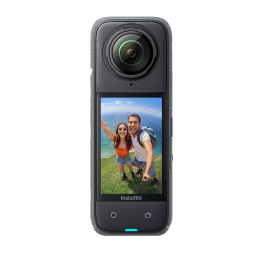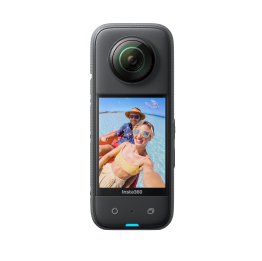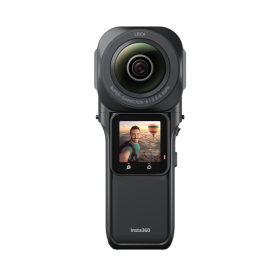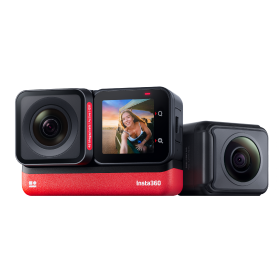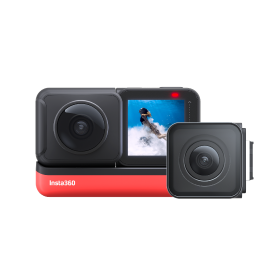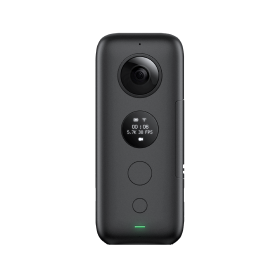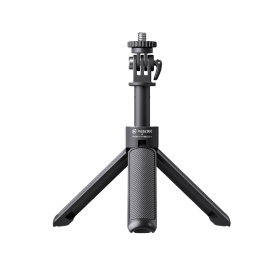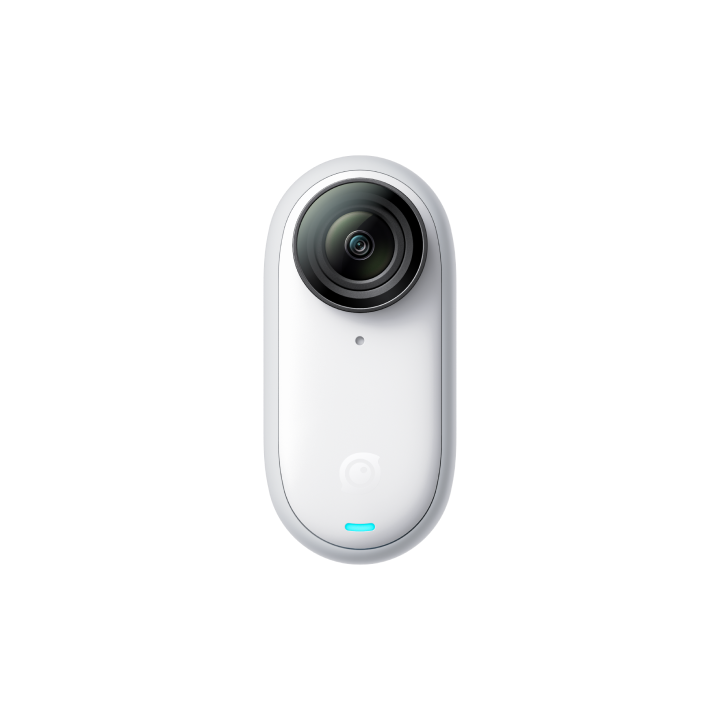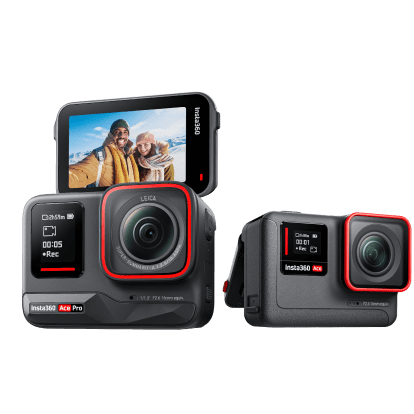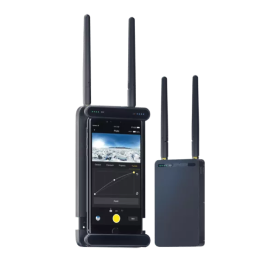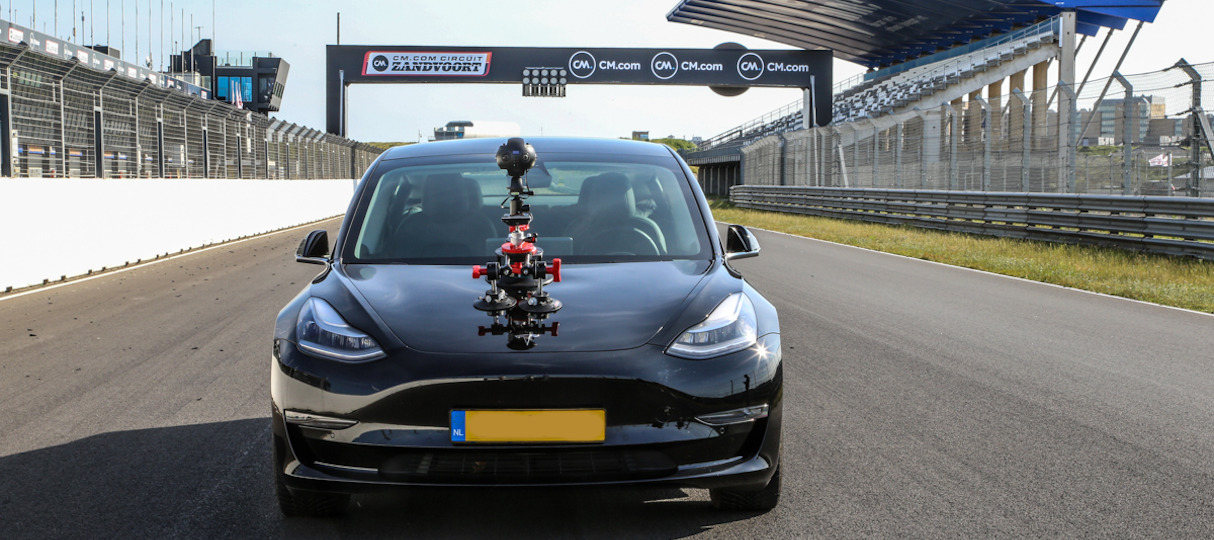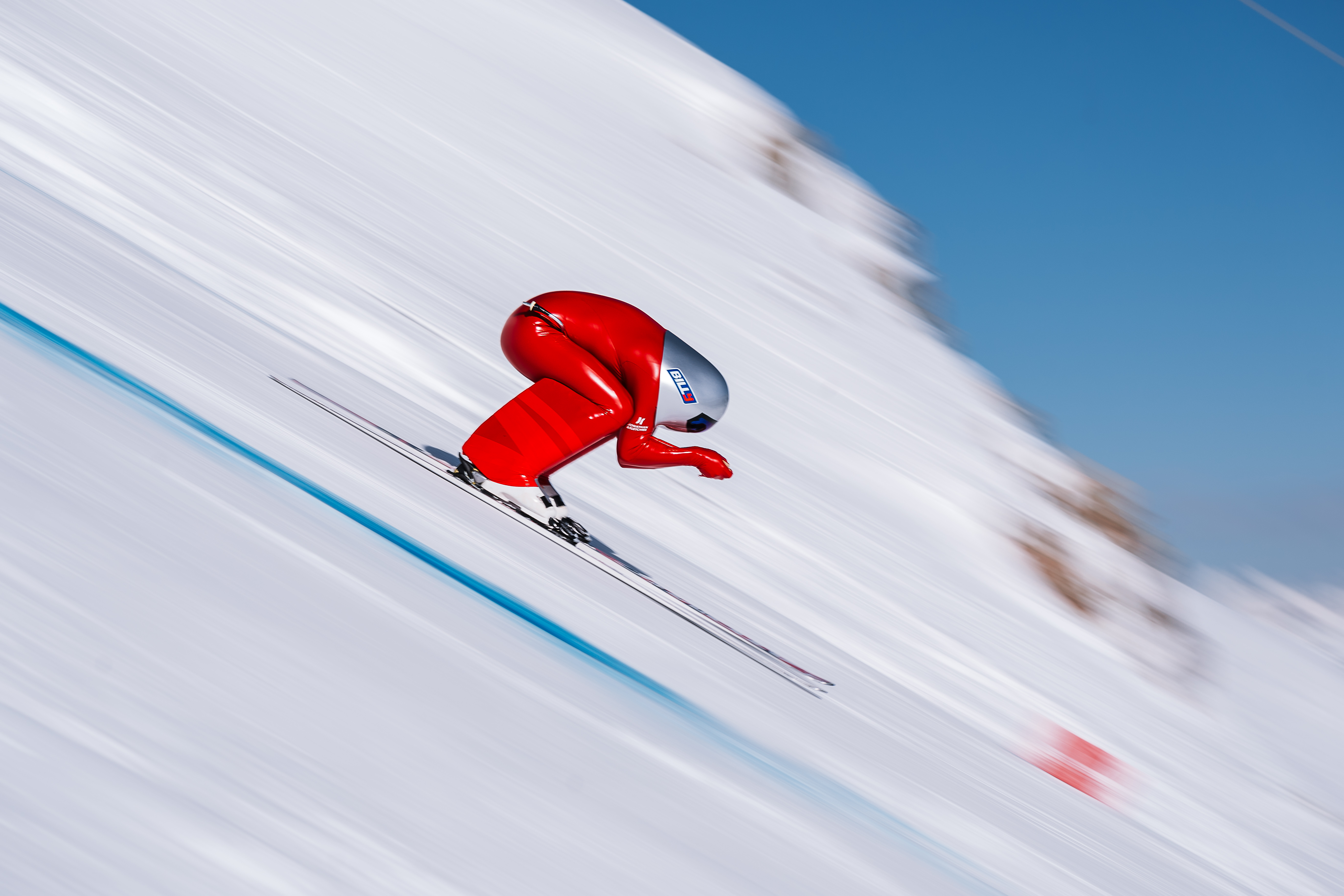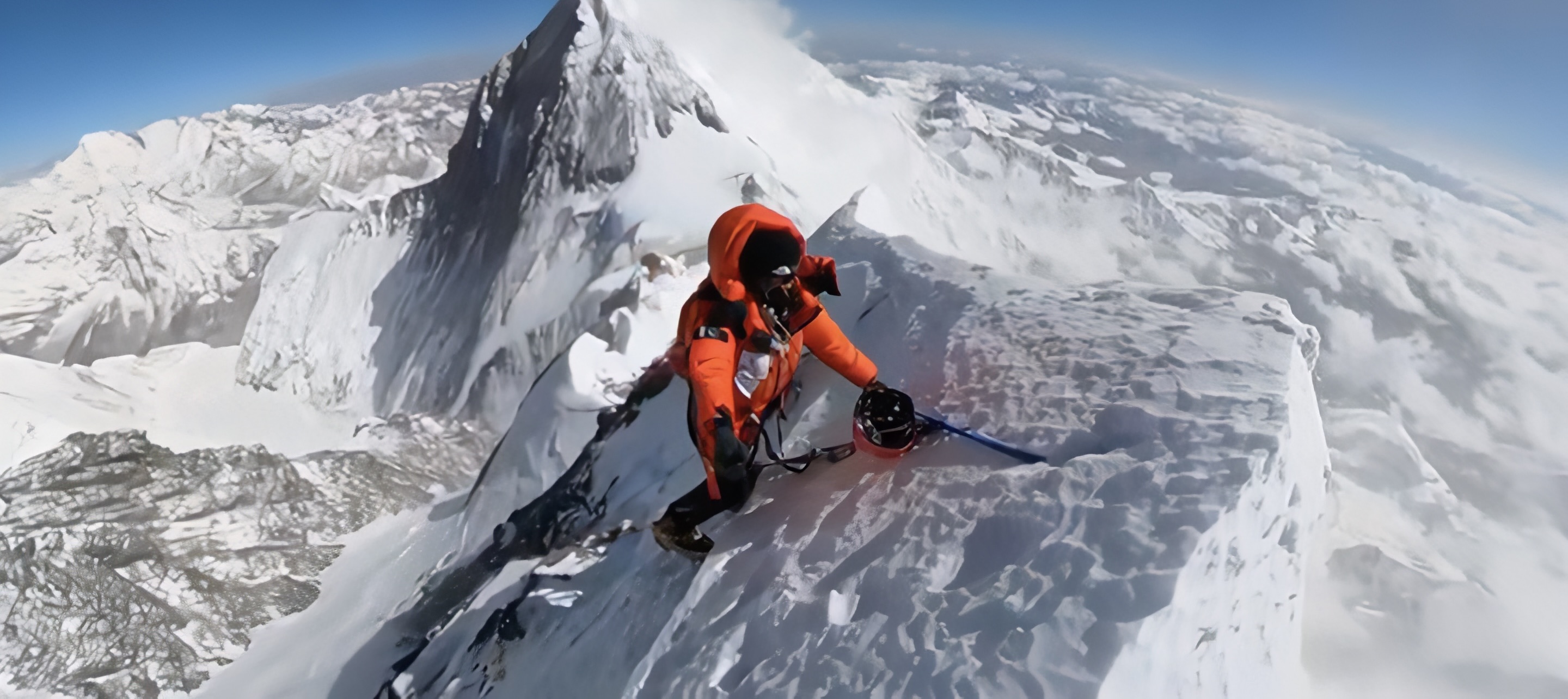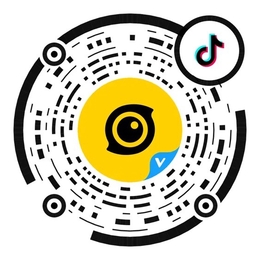What if you could drive on Circuit Zandvoort at the exact speed as Formula One World Champion Max Verstappen?
A POV driving game in an exclusive mobile app for VIP card holders of the Dutch Grand Prix features exactly that. The car is timed to drive at the precise speed as Verstappen drives, and you can control the throttle yourself to accelerate and brake.
While POV driving games have been around for some time now, what’s different about this game is that it uses actual footage of the circuit. Rather than virtually recreating the circuit, the team behind the app shot 360-degree video of the circuit for the game using the Insta360 Pro 2 VR camera.
We interviewed Jimi de Haas, Co-Owner at VRLAND, to learn more about this project and get their tips for shooting 360 footage for a POV driving game.
Why use 360 footage for a POV driving game?
The advantage of using 360 content in a video game is that you don't have to virtually recreate the entire environment to create the same effect. In most cases, using 360 footage is a lot cheaper and more authentic. Virtually imitating the circuit would be quite a job with higher costs to ensure the experience matched the circuit.
In the game, the user can move and tilt their mobile phone to control the perspective from within the car. It’s a very immersive experience that reflects the actual circuit perfectly.
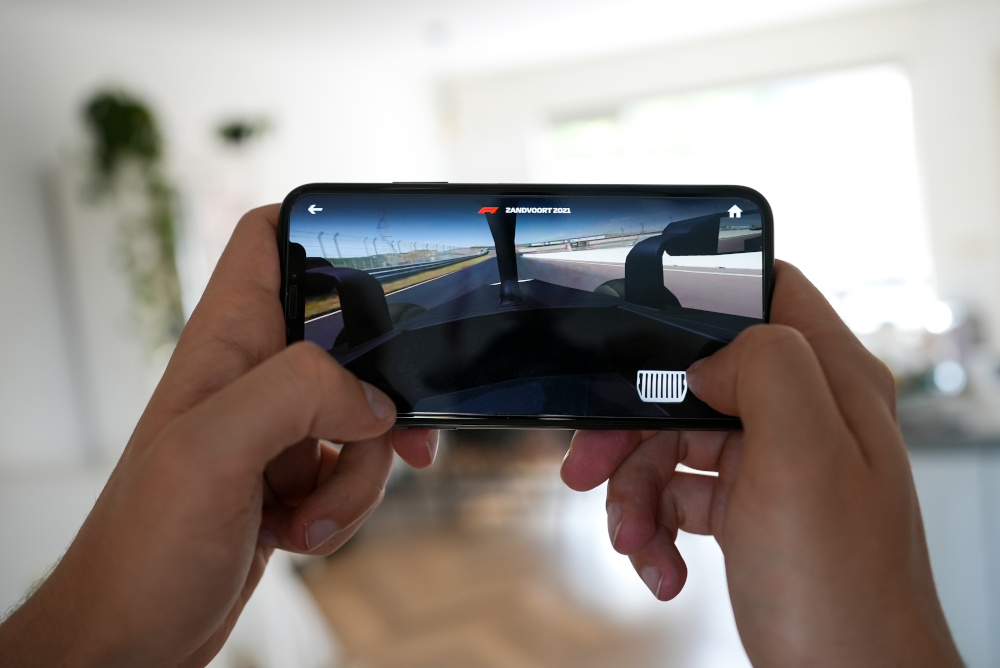
Getting the right point of view for the driving game
It is important to know what point of view you want to achieve for the game before you start shooting. There is quite a difference between the shot you will get with the camera mounted on the car hood, on the roof or on the back of the car. To create the most immersive gaming experience, we wanted to give the viewer a view of the new circuit from inside the car.
A pro tip would be not to skip test days. During the test days, we did several tests with the camera mounted in different positions, different speeds, frame rates and the ideal driving line to find out what would work best. We also tested some shots with the camera mounted on our 360 RC car, however in the end, the RC car turned out to be less suitable than mounting the camera on the normal car. After testing, we decided to use the hood shot because this video came out with the most natural point of view.
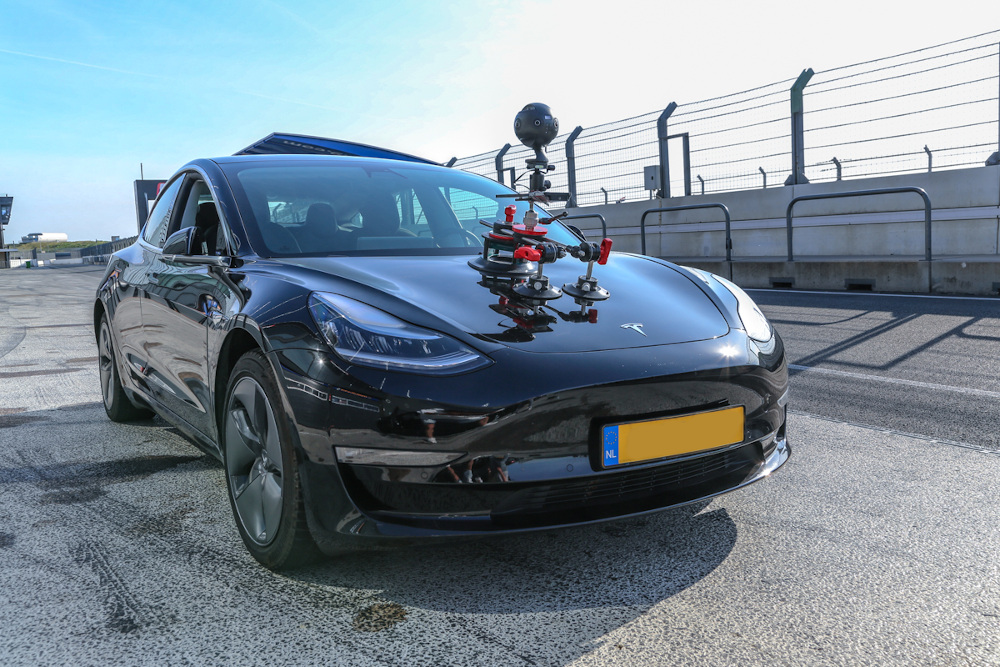
Picking the right 360 camera and car mount
When mounting a 360 camera on a car, image stabilization is essential to counteract the vibrations of the car. We chose the Insta360 Pro 2 camera for this project because it is extremely powerful, user friendly and has FlowState stabilization.
The Pro 2’s live monitoring system, Farsight, was also an ideal tool to monitor the video during the shoot. During test days, we also tested a few times without Farsight and the connection was a lot less stable from within the closed car due to the window blocking the signal. With Farsight, we never had any problems with losing the signal.
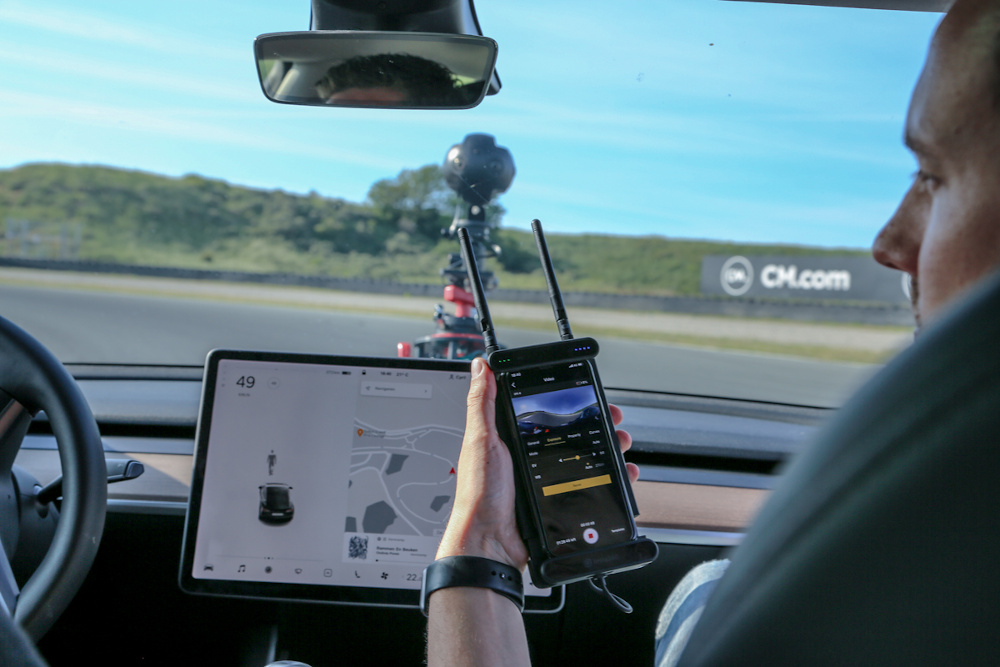
A live monitoring system is also helpful when you have a client on site. During the shoot, it was not possible for our client to enter the circuit due to safety reasons. With Farsight, you can show the live preview to a client with the camera at a distance. We use Farsight on 90% of our 360 productions.
The most important thing about filming driving shots with a camera like this is ensuring the camera is securely mounted on the car. Getting the best shot means you’ll incur certain risks, but picking the right 360 camera car mount is essential to ensure the camera doesn’t come loose during shooting. Make sure to check the supported payload of the mount — the professional Freedom Car Mount we used supports payloads of up to 80 lb.
Adding the 360 footage to the POV driving game
To stitch the VR footage, we used the Insta360 Stitcher software and Mistika VR. During the shoot, we were obviously unable to drive at the same speed as an actual F1 driver. So, to recreate the speed of an actual F1 car, we accelerated the video so that the time of the lap was 1 minute and 20 seconds, approximately the same speed that Max Verstappen drives.
It was important that we recorded in at least 60fps, as at certain points on the circuit there are information buttons which you can click to learn more about the circuit. The player needs to be able to brake to click the information buttons and slowing down 30fps footage would have made it too jerky.
The advertising agency then added a POV view of an F1 race car over the 360-degree footage. The result is that the player feels like they are in the driver’s seat and have control over the throttle themselves.
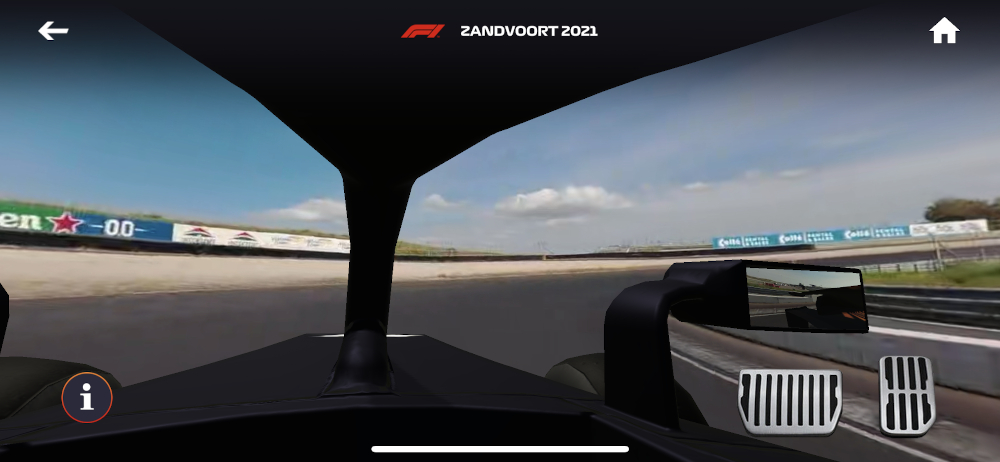
The last challenge was that the total file size of the VR footage could not exceed 500 MB, in order to minimize the overall app size. If the app was too large, users would be less likely to install it. We rendered a number of different versions and finally we opted to downgrade the footage to 2.5K 60fps with a slightly lower bitrate. Thanks to the native 8K quality of the Pro 2, the footage still looked great on mobile phones at its intended size.
The advertising agency was very satisfied, and the reactions from end users were also very positive. We are also very proud that we were able to participate in such a cool project!
To check out more of VRLAND’s work, find them on Instagram at @virtualrealityland!
Keen to keep up to date on Insta360 stories? Keep an eye on our blog and sign up for our mailing list.
